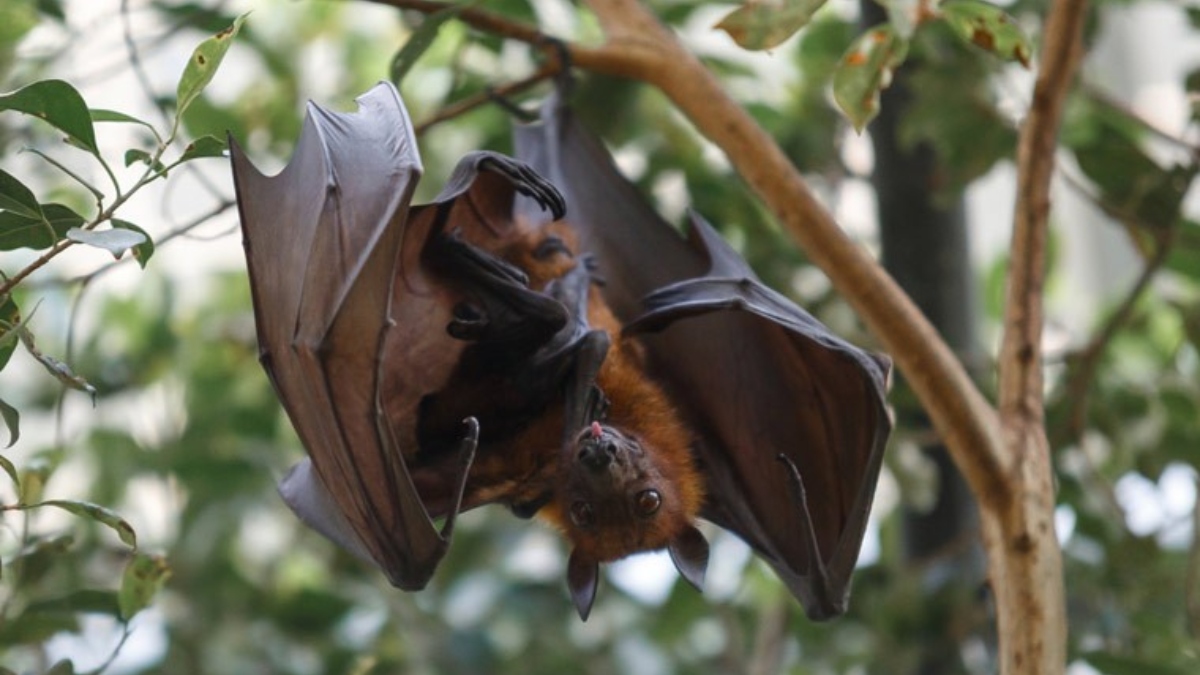Australian lyssavirus: NSW case reminds deadly bat virus can haunt people even months after exposure
 [FILE] Image of a flying fox used for representation
[FILE] Image of a flying fox used for representation
A man is battling for his life in New South Wales (NSW), Australia, after being infected with bat lyssavirus, according to reports on Wednesday.
The middle-aged man, a resident of northern NSW, was bitten by a bat several months ago. Although he sought medical attention afterwards, he later developed symptoms of the rare viral infection and remains in critical condition in the hospital, Australian media reported. It is the first known case of bat lyssavirus infecting a human in the state, the reports confirmed.
The infection can develop within days or take several years after exposure, according to media sources. It affects the central nervous system and, similar to rabies, is highly fatal. There is currently no effective treatment for the rare disease, which has been reported only three times before in Australia’s history, ABC News said in a report. There have been no known survivors to date, as the virus typically proves fatal within two weeks of symptom onset.
Lyssavirus: Symptoms and treatment
Lyssavirus, a genus in the family Rhabdoviridae from the order Mononegavirales, is transmitted when a person is bitten or scratched by an infected bat. Historically, Australia was considered free of rabies and rabies-like viruses. Therefore, the identification of Australian Bat Lyssavirus (ABLV) in 1996 in flying foxes came as a shock.
Early symptoms of Australian Bat Lyssavirus include fever, headache, and fatigue. However, these often progress quickly to muscle weakness, sensory changes, confusion, convulsions, and loss of consciousness.
In New South Wales, the health authorities have asked the public to keep their distance from flying foxes or fruit bats as their virus-carrying capacity has now been confirmed. Any injury, bite or scratch caused by the mammals requires immediate medical attention, they added.
World